dual-pot method for darlingtonia
sowley
18 years ago
Related Stories

MOST POPULARHow to Add a Backyard Shed for Storage or Living
Need a home office, a playspace or extra room for your stuff? Learn about off-the-shelf, prefab and custom sheds
Full Story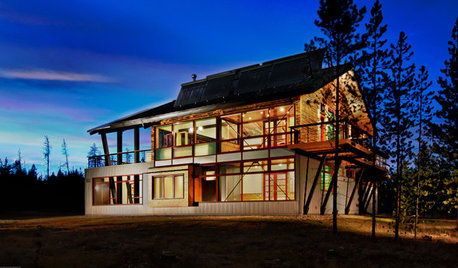
GREEN BUILDINGZero Net Energy: A Hardworking-House Term to Know
Homes that consume only as much energy as they produce by renewable means are a goal for builders. Learn what ZNE means for you
Full Story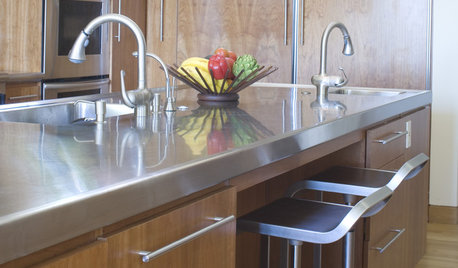
KITCHEN DESIGNDesign an Easy-Clean Kitchen
"You cook and I'll clean" might no longer be a fair trade with these ideas for low-maintenance kitchen countertops, cabinets and floors
Full Story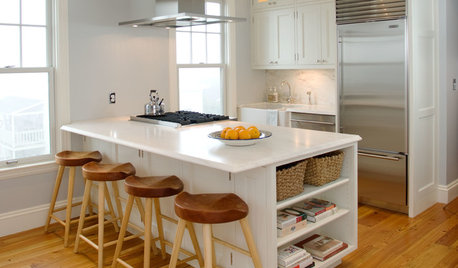
KITCHEN DESIGN20 Kitchen Must-Haves From Houzz Readers
We asked you to tell us your top kitchen amenities. See what popular kitchen features made the list
Full Story
MOST POPULARHow to Choose the Right Kitchen Sink
Learn about basin configurations, sink shapes, materials and even accessories and specialty sinks
Full Story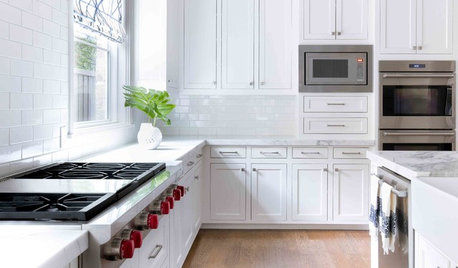
KITCHEN APPLIANCES9 Places to Put the Microwave in Your Kitchen
See the pros and cons of locating your microwave above, below and beyond the counter
Full Story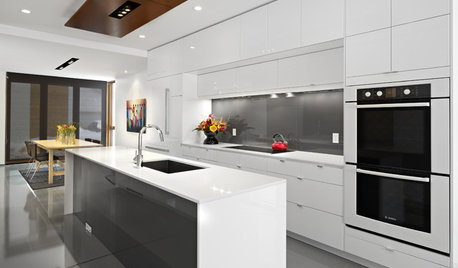
KITCHEN APPLIANCESFind the Right Oven Arrangement for Your Kitchen
Have all the options for ovens, with or without cooktops and drawers, left you steamed? This guide will help you simmer down
Full Story
KITCHEN DESIGNA Cook’s 6 Tips for Buying Kitchen Appliances
An avid home chef answers tricky questions about choosing the right oven, stovetop, vent hood and more
Full Story
GREEN BUILDINGWater Sense for Big Savings
Keep dollars in your pocket and preserve a precious resource with these easy DIY strategies
Full Story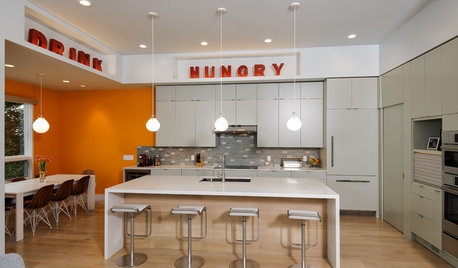
HOUZZ CALLShow Us the Best Kitchen in the Land
The Hardworking Home: We want to see why the kitchen is the heart of the home
Full StorySponsored
Columbus Area's Luxury Design Build Firm | 17x Best of Houzz Winner!






plantfreak
Andrew_Palmer
Related Professionals
Norfolk Landscape Architects & Landscape Designers · Roosevelt Landscape Architects & Landscape Designers · Newcastle Landscape Architects & Landscape Designers · Mount Wilson Landscape Architects & Landscape Designers · Allentown Landscape Contractors · Brownsville Landscape Contractors · Chelmsford Landscape Contractors · Dinuba Landscape Contractors · East Lake-Orient Park Landscape Contractors · Edwardsville Landscape Contractors · Kettering Landscape Contractors · New Baltimore Landscape Contractors · Wickliffe Landscape Contractors · Wilton Landscape Contractors · Redlands Swimming Pool BuilderssowleyOriginal Author
akheadbanger
outsiders71
akheadbanger
sowleyOriginal Author
cper001